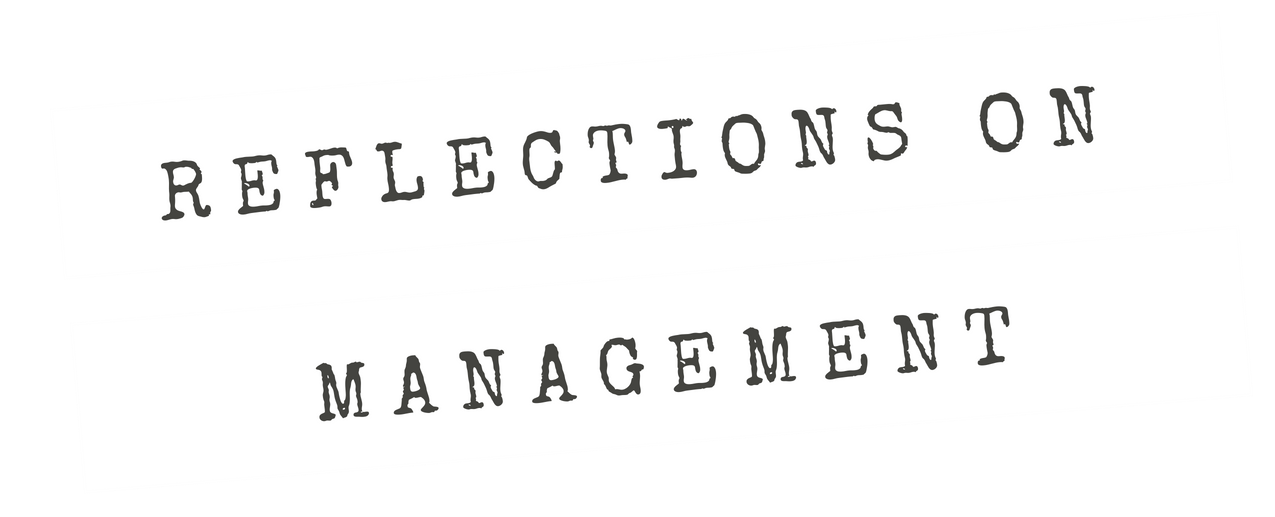When I think about what it takes to make innovative organizations, to make organizations that are fair and act with justice, that sort of [political] divide really gets in the way
Season 2, Episode 7
While some may view the current state of political division in many parts of the world as new and disturbing, it merely follows a trend that has spanned decades. That doesn’t make it OK, it merely suggests that the deepening divide between those on the “left” and “right” will grow. Organizations risk becoming intellectually homogeneous, and there are studies showing that discrimination on the basis of political ideology is trending up. If so, it could have a significant impact on an organization’s ability to maintain diversity of views and perspectives to remain innovative and competitive.
One must first ask whether it really is a problem, and then what can one do? For me, the challenge is that neutrality — which can be described in many ways as I show in this episode — must serve a purpose and provide a benefit over taking one political side or the other. In a world that does not consider neutrality to be an honorable stance to take, this is difficult. But we must start somewhere…
Works Referenced:
Johnson, A. F. & Roberto, K. J. (2018). Right versus left: How does political ideology affect the workplace? Journal of Organizational Behavior, 39, 1040-1043.
Pew Research Center (2016, June 22). Partisanship and Political Animosity in 2016. Pew Research Center Home Page.
Wetherell, G. A., Brandt, M. J., & Reyna, C. (2013). Discrimination across the ideological divide: The role of value violations and abstract values in discrimination by liberals and conservatives. Social Psychological and Personality Science, 4(6), 658-667.


